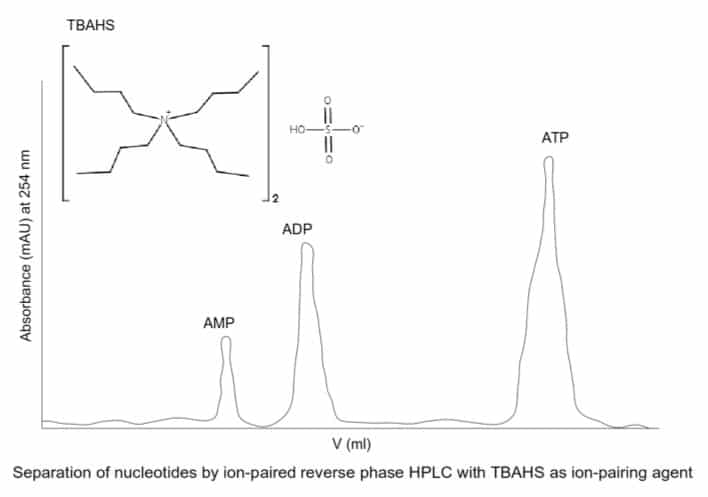I always thought that doing a speed reading course would be a good thing to do as a scientist. With the amount of literature we need to consume, speed reading (the art of reading faster without reducing comprehension) would save a lot of time.
But it turns out that you don’t really need to spend any cash on a course to teach you to read your scientific papers (and everything else) more quickly.
There has been some argument that speed reading comes at the expense of comprehension, so there’s definitely a balance to be found. You want to read quickly enough to save yourself time but not so quickly that you have no idea what it is you’ve read.
That being said, there are some pretty simple steps that you can use to dramatically improve your reading speed that won’t cost you a penny. Win-win!
Basic Principles of Speed Reading
- Use a tracer, like a pen or your finger, to trace under each line as you read it as if you were underlining. You do not read text in a continuous line, but in a sequence of jumps, each of which ends with a temporary snapshot of the text within your focus area. Subconsciously, you will spend a lot of time re-reading and skipping back to previous snapshots. Using a tracer helps your eye focus and prevents this from happening.
- Train yourself to use your peripheral vision as you read. When we read, we tend to focus just on the words that are in our central focus in each snapshot. But you can train your eye to use your peripheral (or indirect) vision (vision outside the focus of your gaze), too, and so multiply your reading power.
10-Minute Speed Reading Training
The following 10-minute training routine is based on the above principles. I’ve tried it a few times recently and have seen a notable improvement in my reading speed:
- For 2 minutes: Practice reading as fast as possible, using a tracer to guide you. Don’t worry about comprehension to begin with—that will come.
- For 3 minutes: Train your eye to use your peripheral vision by focusing on the THIRD word and the THIRD FROM LAST word in each line.
For example, if the line was this, you would focus on the words in bold:
“We wish to suggest a structure for the salt of deoxyribose nucleic acid (DNA).”
As you practice this and it becomes easier, you can start to move your focus onto the fourth and fourth from last words and so on.
- For 2 minutes: Practice reading each line in only two snapshots, using your focus on the third and third from last words as an anchor.
- For 3 minutes: Read too fast. Using techniques 1–3, practice reading too fast for comprehension for a couple of pages and then (still using the techniques) slow down to a pace that you can comprehend the text.
This will help accustom your brain to reading more quickly—a bit like when driving in a city seems very slow after being on the motorway.
Obviously, the more you repeat the cycle, the faster you will get. If you have a go, please drop me a comment—I’d be interested to hear how it went for you.
P.S. If you want to monitor your progress, measure your reading speed (words per minute) before and after this training.
You can work out the average number of words on a page by calculating the average number of words in 10 lines, then using this to calculate the average number of words per page, and so on (but you don’t need me to tell you that!
Want an on-hand checklist to help you analyze papers efficiently despite being busy with research? Download our free article summary and checklist template.
For more tips on keeping track of the scientific literature, head over to the Bitesize Bio Managing the Scientific Literature Hub.







